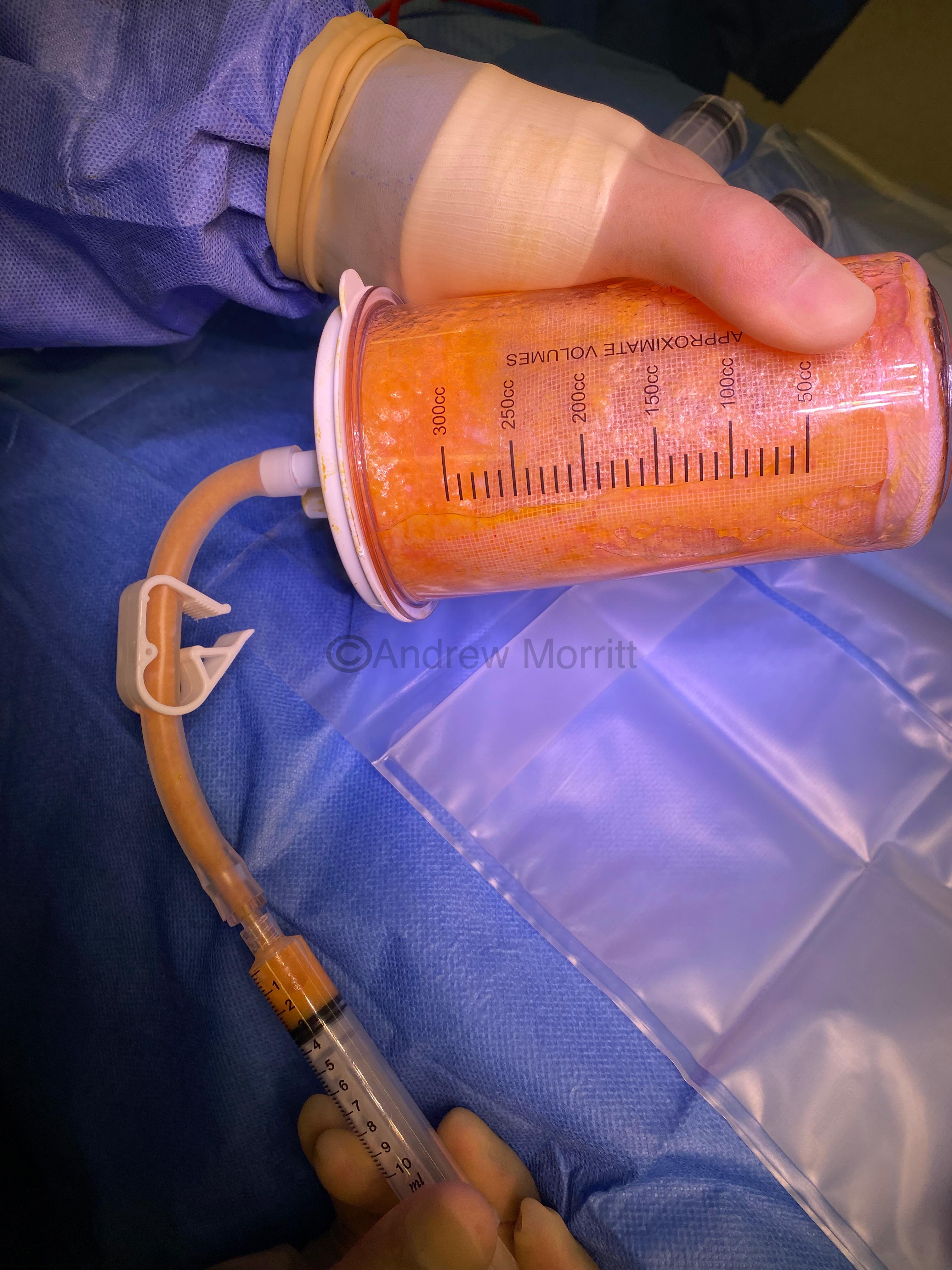 Page currently under development – more information to come
Page currently under development – more information to come
What is lipofilling (fat transfer or lipomodelling)?
Mr Morritt frequently performs lipofilling (fat transfer or lipomodelling). The procedure in involves harvesting fat from an area of excess such as the tummy or thighs using liposuction. The fat is purified then injected into the area which the patient wishes to enlarge. Mr Morritt has used fat injection to increase the size of breasts for patients with uneven breast size (breast asymmetry) or in those who want to increase breast size (following weight loss or pregnancy) but do not want to have breast implants inserted. Lipofilling is also useful for increasing the size of the buttocks (buttock augmentation) or for restoring the youthful contour of the aged face (which is partly due to fat atrophy). Fat injections also has a role in restoring contour following previous trauma or surgery where it is possible in suitable patients to fill soft tissue dents/hollows in.
Uses for fat transfer
Fat can be injected to increase volume e.g. fat transfer breast augmentation. Fat transfer can also be used to fill in a dent e.g. following trauma. Lipofilling has also been used to rejuvenate areas were with natural ageing fat has atrophied e.g. the backs of the hands, the face or the vulva. Fat transfer can be transferred to the buttock (commonly described as the ‘Brazilian Butt Lift’) although Mr Morritt does not personally undertake the procedure in line with the current recommendations for all BAPRAS members.
Risks of fat transfer
Scars – small scars approximately 3-5mm wide are necessary to allow access to inject the fat. These generally are pale, thin and flat once mature but can in rare instances be thick, red, raised, stretched or painful.
Infection – rare
Bleeding – Bruising is common following this procedure and generally settles within a few weeks but can rarely last for 6 weeks. Significant bleeding is very rare.
Fat resorption – approximately 50% of the fat injected does not stay (it is reabsorbed by the body).
Fat necrosis – small, hard lumps
Contour defect – dent where the fat is harvested
Puncture of an internal organ – very rare risk of the liposuction
Fat embolism – very rare risk where fat enters the blood stream, which can injure the lungs brain
Death – extremely rare risk.

